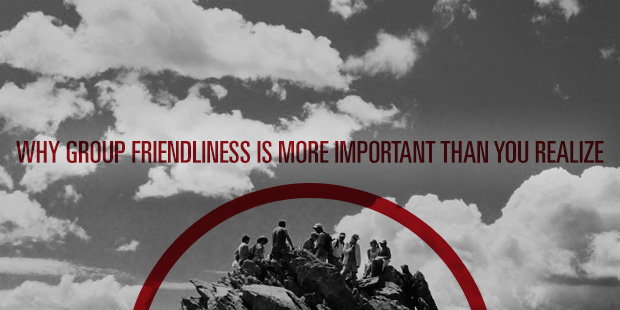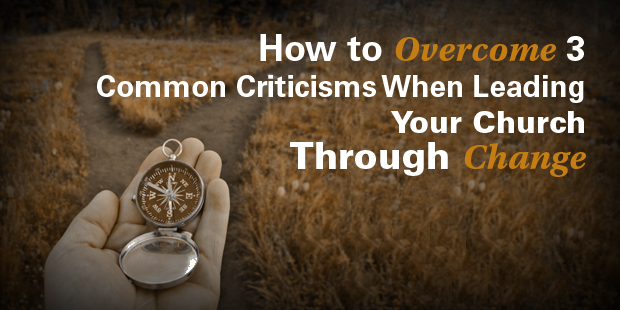
Positive Learning from Negative Feedback
Leaders in all sizes and types of organizations often face negative feedback and criticism – and many have problems dealing with it.
Maybe it’s time to blow criticism away with “TNT”.
Recently I was reading HBR.org and came across a great article by John Butman entitled “The Benefits of Negative Feedback.”
I recently gave a lunchtime “author’s talk” at Children’s Hospital in Boston and, although I thought the talk went well, somebody in the audience didn’t like it at all. On the evaluation form, the person in question wrote a single word in the comment box: CONFUSING.
Thank you, whoever you are. While everybody else gave me good marks and said nice things, which I appreciated, my critic forced me into self-examination. Was he the only one forthright enough to speak up, or was he the only one not paying enough attention to get it? What was confusing? The ideas? The presentation?
His thoughtful suggestions contained in the article on dealing with negative feedback reminded me of a simple but powerful tool that I use whenever I receive criticism.
It’s called TNT, and I learned it about twenty years ago from Sue Mallory, a training instructor for the Leadership Network. I’ve been using it in every shape and form since then.
Are you ready?
The Next Time.
That’s right – once something has been said or done, you can’t do anything about it – for good or bad! Why should you beat yourself up and let it drag you down?
But you can learn from it and apply that learning to The Next Time the situation presents itself.
Here’s a great example: I recently made a presentation at a national conference in Dallas TX. I was no stranger to the conference – I’ve been speaking at it since it began in 2005. The topic was not new to me even though it was the first time I had presented it in its current form. I had prepared adequately – or at least I thought.
As it turns out, I had mistakenly assumed that the attendees of this year’s conference attending my session would be the same as in prior years, and I neglected to gauge the makeup of the audience before I launched into the presentation.
Over half of the session’s attendees were from a technical background, when I had expected most of them to be from a church ministry staff background. The presentation was only 5 minutes old before the quizzical looks and a few responses to my questions made me realize a mid-course correction was required!
Fortunately, I have a background (albeit several decades ago) in the technical production aspect of church ministry, and I was able to shift on the fly to orient the presentation more in that direction. I haven’t received the formal evaluations yet, but comments with several attendees following the session seemed to indicate the midstream switch was a success.
Looking back, I could have avoided the situation by noting what other sessions were being offered at the same time (and thus gauging potential attendance) as well as taking a quick audience poll to see who was present (to adjust the presentation at the beginning).
But it happened, and I couldn’t change a thing.
There’s always The Next Time.
What about in your leadership position? How will you use the power of TNT in evaluating an event or lesson or sermon that got some negative feedback in order to provide a positive launching point for improvement in the future?
Don’t let the negatives get you down – instead, blow them away with TNT.

Tags: Criticism, Evaluation, TNT, The Next Time, Vision Room Curator





























